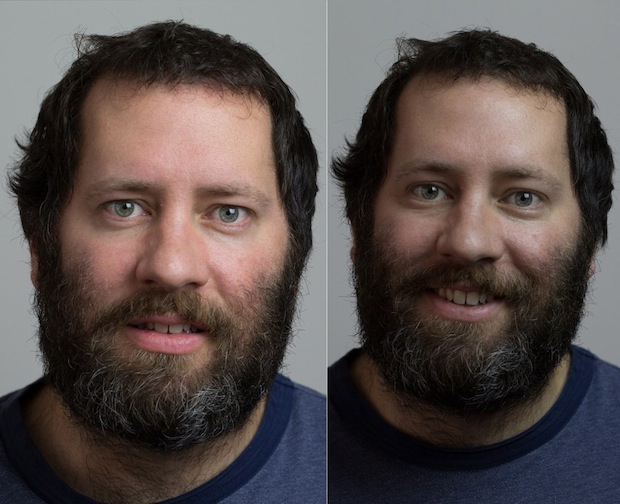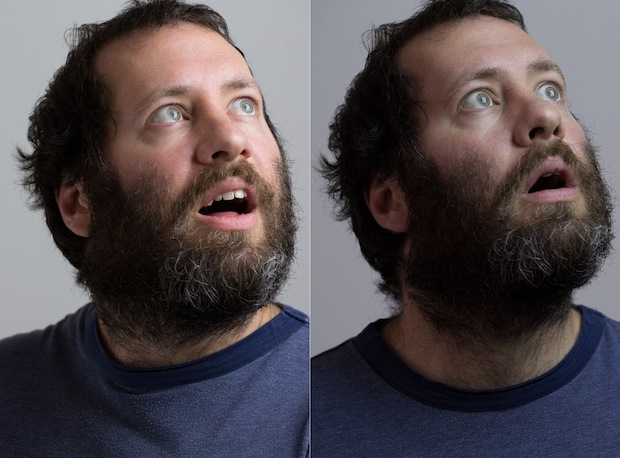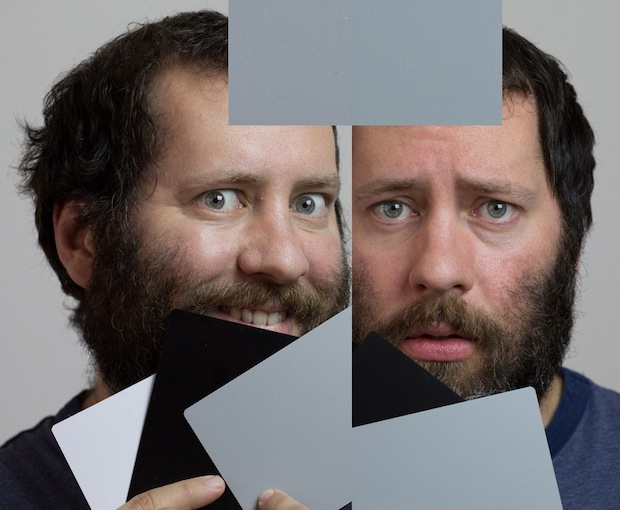The Importance of Choosing High-Quality CFL Bulbs for Continuous Light Shooting
![]()
Anyone interested in shooting photos or videos using continuous light without breaking the bank has likely looked at purchasing or building a lighting setup based around CFL bulbs. Earlier in the year, I decided to go this route myself because I film interviews and generally prefer the way that soft continuous light reacts with a subject’s pupils and comfort levels for photography.
To start with, I purchased a two-softbox light kit from “Limo Studios” on Amazon. This included eight 45W 6500K CFL bulbs listed as “daylight balanced.” I was aware that 6500K was a little cold, but I’ve spent enough time messing with white balance that I didn’t think this would be a problem.
What I didn’t realize at the time was that these bulbs do not have a high enough CRI (Color Rendering Index) for people. Amazon didn’t list the CRI, but there were plenty of positive reviews, so I pulled the trigger and tried it out.
![]()
In every shoot I had problems with skin tone and color. In some conditions without enough ambient light I could bring back some tone by dropping the exposure, increasing the shadows, and messing with the individual color saturation points but it was always sketch. The low CRI completely killed lip tones, turned skin pale, and created shadows around the eyes. Every time I found an excuse for it, mostly blaming white balance (even shooting gray cards).
On my last shoot I finally just gave up and shot with strobes, then went home determined to figure out what I was doing wrong. I learned about CRI for the first time and the importance of it, so I turned around and immediately bought a new set of CFL bulbs with a CRI of 91.
The next morning I set up a single softbox and took some images while switching between the crappy bulbs and the good bulbs. The improvement in color and quality was immediately apparent. The old bulbs are going in a box for use around the house — they’re just no good for photography/videography.
Here are some examples showing the difference, straight out of the camera with auto white balance (and slight variance in exposure since I was doing it manually and the Alzo bulbs put out more light):



It’s easy to blame white balance, but you can see that the gray cards fall in very close to the same color, while the skin looks completely different. That’s my point (look around the eyes and lips especially).
Next stop is exposure, but when you compare exposure with the histograms, the average adjustment to match exposure was either increasing one set by +.1 or decreasing the other by -.1. So yes, there was some exposure variance but it’s not what’s causing the disgusting effect.
![]()
![]()
![]()
The problem, in the end, is the quality of your CFLs. So what’s the lesson here? Buy better quality CFL bulbs, and pay special attention to the CRI. It matters a lot!
About the author: Pete Waterman is a photographer, adventurer, technologist, and writer who lives in the Washington D.C. Metro Area. You can find him on his website, LinkedIn, Facebook and Flickr. This article originally appeared here.